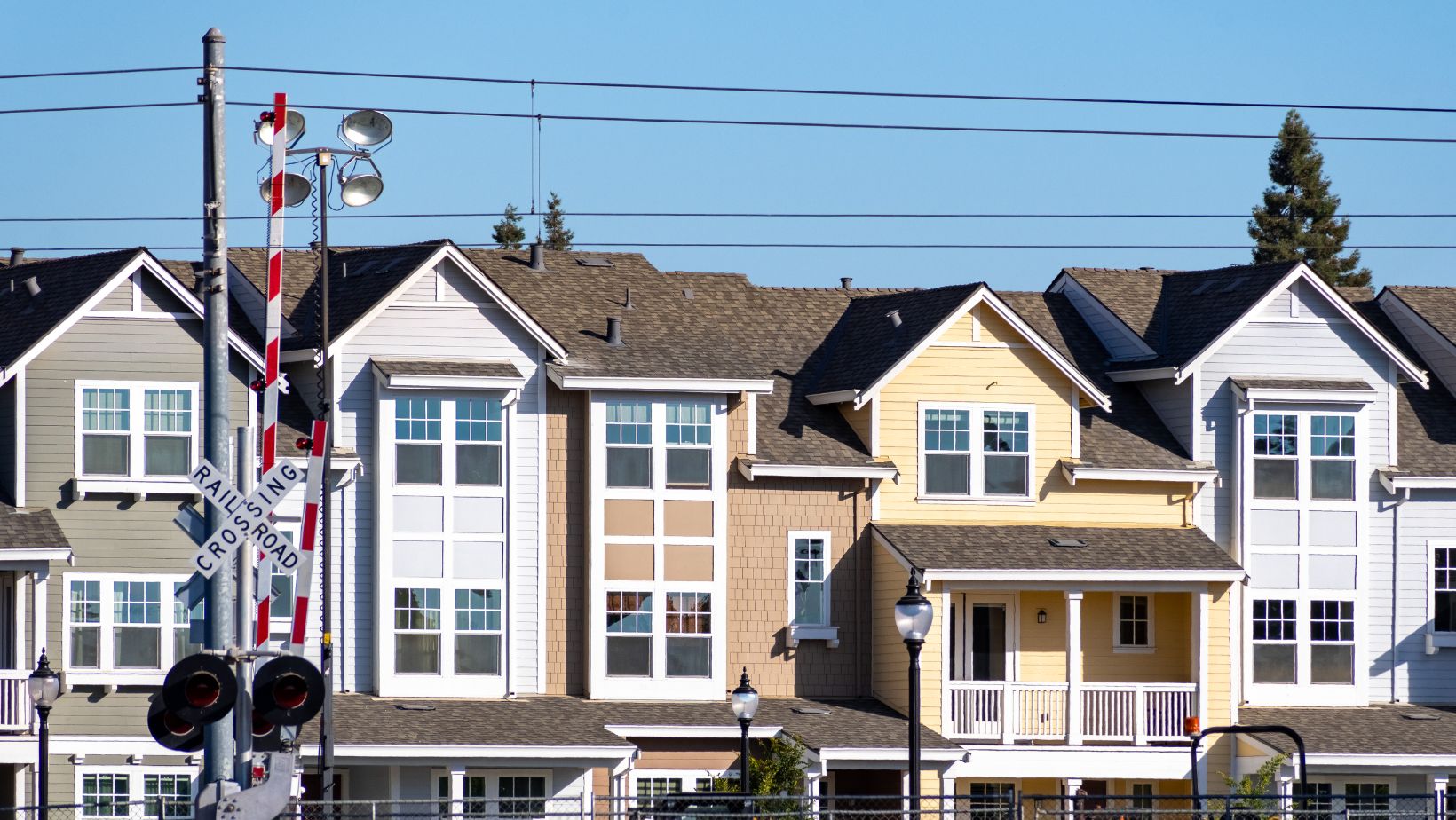Investing in multifamily properties can be a lucrative undertaking, offering multiple streams of rental income and potential for long-term wealth accumulation.
Whether you’re a seasoned investor or a novice exploring real estate opportunities, here are some essential tips to consider when diving into the multifamily property market.
Define Your Investment Goals
Conduct Thorough Market Research
Research is crucial when investing in multifamily properties. Examine local market trends, vacancy rates, rental demand, and economic forecasts. Understanding the market dynamics will guide your investment decisions and help you identify properties with potential for growth.
Financial Preparation
Secure financing early in the process to streamline negotiations and how serious of a buyer you are. Explore different financing options, including traditional mortgages, commercial loans, or partnerships with other investors. Think about working with a mortgage broker specializing in multifamily properties for tailored financial advice.
Perform Due Diligence
Once you identify a potential property, conduct comprehensive due diligence. This includes reviewing financial statements, rental histories, maintenance records, and property tax assessments. Check the physical condition of the property and identify any potential repairs or renovations needed.
Understand Property Management
Managing multifamily properties requires expertise in tenant relations, maintenance, and lease agreements.

Decide whether you will manage the property yourself or hire a professional property management company. Factor management costs into your financial projections to ensure profitability.
Partner with a Respected Contractor
Engaging a reputable contractor is essential when investing in multifamily properties, especially when renovations or repairs are needed. A skilled contractor can provide accurate cost estimates, ensure quality workmanship, and adhere to project timelines.
Before hiring a contractor, verify their credentials, check references, and review past projects to gauge their reliability and expertise. Collaborating with a trusted contractor in multifamily construction (like Sayan Construction, for example) enhances property value and minimizes potential maintenance issues, thereby safeguarding your investment and enhancing tenant satisfaction.
Evaluate Cash Flow and Cap Rates
Calculate the property’s cash flow by subtracting operating expenses (including mortgage payments, property taxes, insurance, maintenance, and management fees) from rental income. Assess the property’s capitalization rate (cap rate), which measures its potential return on investment based on current income.
Consider Property Appreciation Potential
Assess the property’s appreciation potential by evaluating neighborhood growth, infrastructure developments, and local amenities. Properties in rapidly growing areas or neighborhoods undergoing revitalization may offer higher appreciation rates over time.
Negotiate Wisely
Negotiation skills are crucial when purchasing multifamily properties. Understand the seller’s motivations and be prepared to negotiate terms that benefit both parties. Consider seeking an expert opinion from a real estate attorney or experienced investor to navigate complex negotiations.
Stay Updated on Regulations
Real estate regulations and landlord-tenant laws vary by location and can impact your investment strategy.

Stay informed about zoning laws, rent control ordinances, eviction procedures, and tenant rights in your target market to avoid legal pitfalls and ensure compliance.
Build a Diverse Portfolio
Diversifying your multifamily property portfolio across different markets and property types can mitigate risk and optimize returns. Consider investing in properties with varying unit sizes or amenities to appeal to different tenant demographics and market segments.
Evaluate Tenant Profiles and Lease Agreements
Understanding the tenant demographics and lease agreements is crucial for successful multifamily property investment. Evaluate the current tenant profiles to assess their stability, rental payment history, and adherence to lease terms. Reviewing lease agreements ensures you are aware of rental terms, renewal policies, and any specific provisions related to property maintenance or tenant responsibilities. This proactive approach helps in minimizing turnover rates, maintaining consistent rental income, and fostering positive tenant relationships, ultimately contributing to long-term property profitability and investor satisfaction.





















